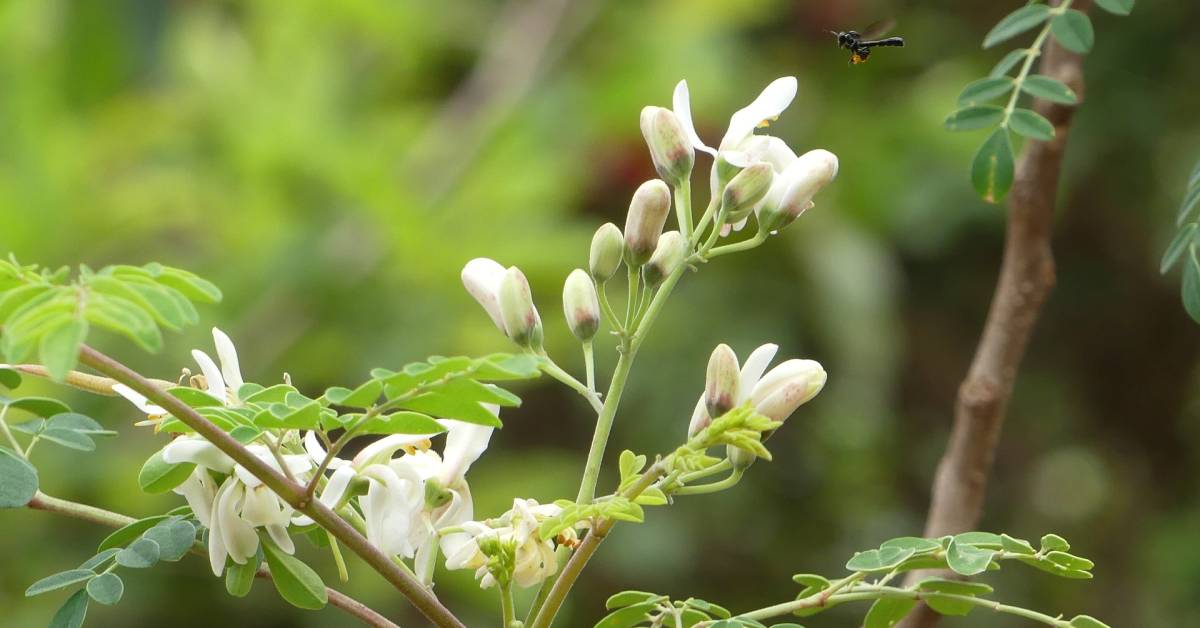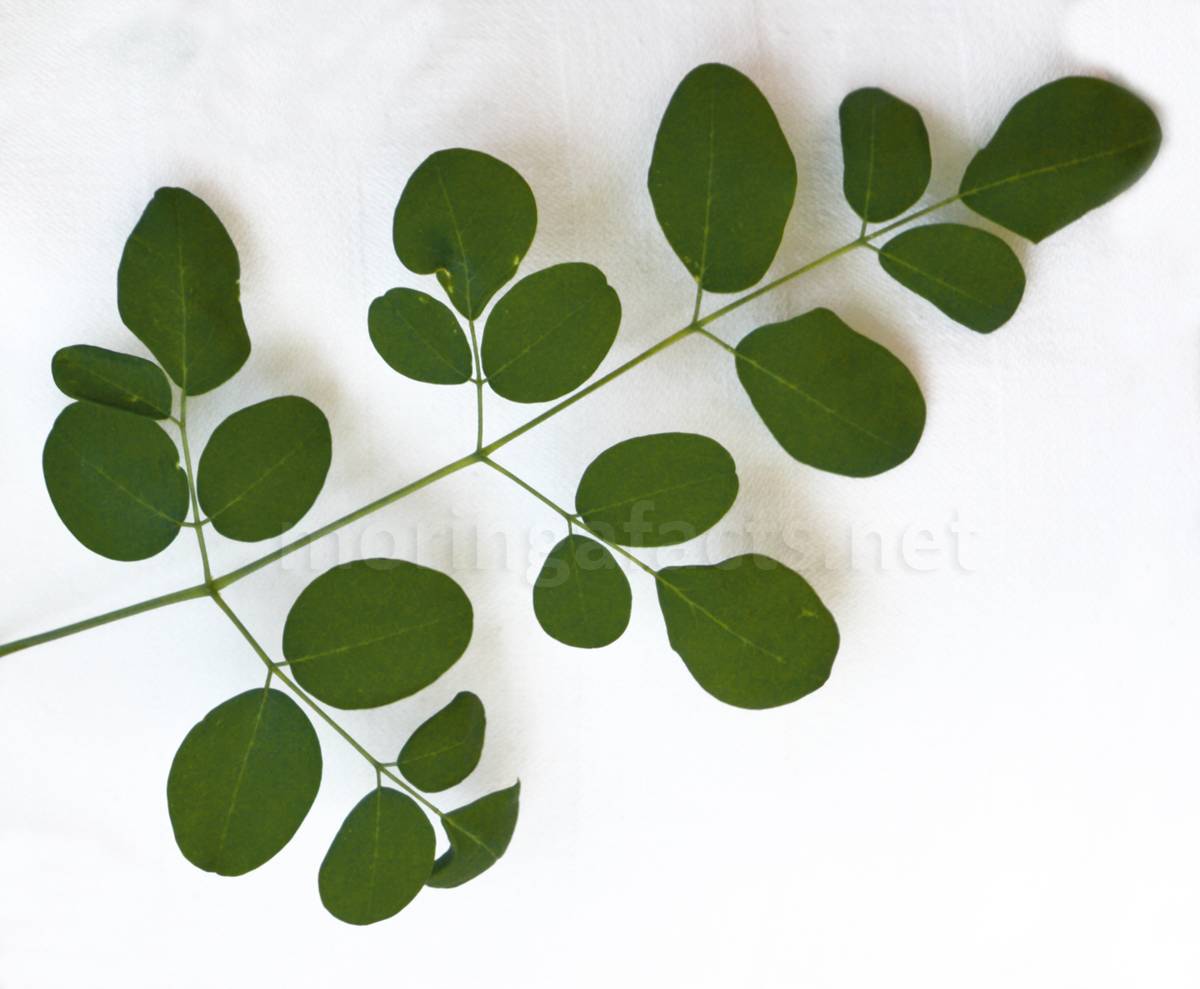Moringa is a genus of shrubs and trees with multi-purpose uses: its leaves, roots and immature pods are consumed as a vegetable. All parts of the Moringa tree – bark, pods, leaves, nuts, seeds, tubers, roots, and flowers – are edible. The leaves are used fresh or dried and ground into powder. The seed pods are picked while still green and eaten fresh or cooked. Moringa seed oil is sweet, non-sticking, non-drying and resists rancidity, while the cake from seed is used to purify drinking water. The seeds are also…
Read MoreCategory: Moringa oleifera usage
Moringa For Increasing Milk Supply Naturally
Breast milk is the most natural way to feed your new baby, and is also packed with nutrients and protective antibodies that will really kick start their development, defend against infections and support their immune system. Some women choose not to breastfeed, instead opting for the alternative of formula milk. Other women find themselves unable to produce enough milk to meet the needs of their babies, and may end up weaning early or turning to formula to make up for the shortfall. That’s where Moringa comes in. Moringa has been…
Read MoreMoringa Oleifera Nutrition and Health Benefits
Moringa oleifera, is a therapeutic plant that is local to India. It develops as a tree and gives fantastic dietary and medical advantages. Why is it such a stunning fixing to add to your eating regimen? It contains 92 supplements, 18 amino acids, and all the 9 basic amino acids the human body needs. In the type of new abandons, it is a decent wellspring of protein, giving 17.5% of the every day prerequisite per 100 grams. Its new units and seeds are a decent wellspring of oleic corrosive. 100…
Read More

